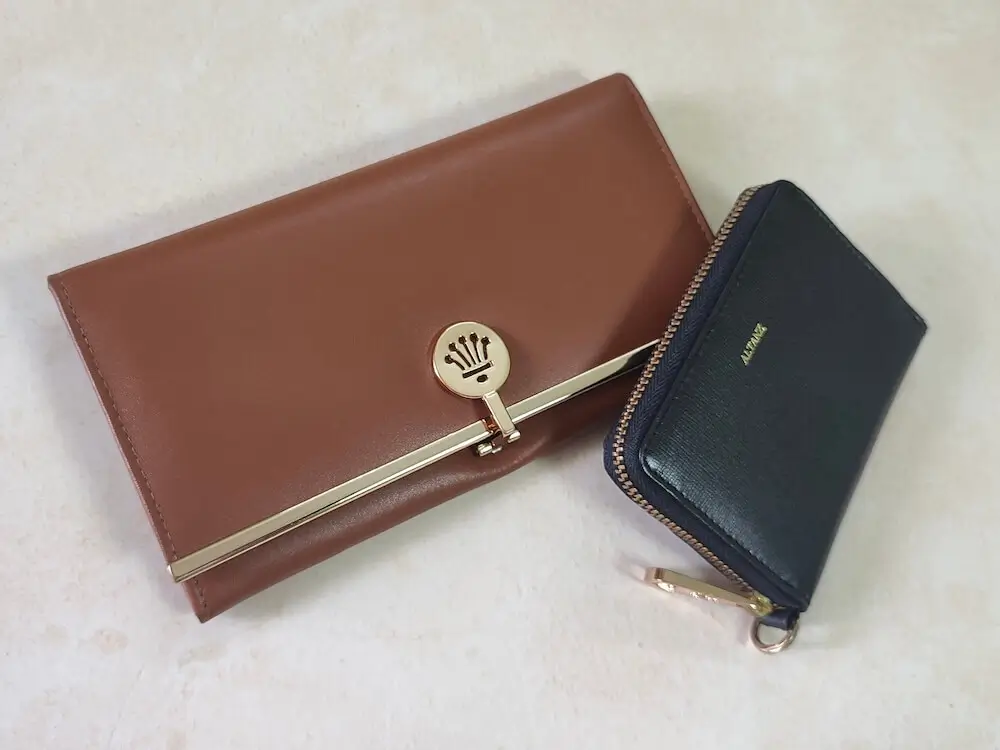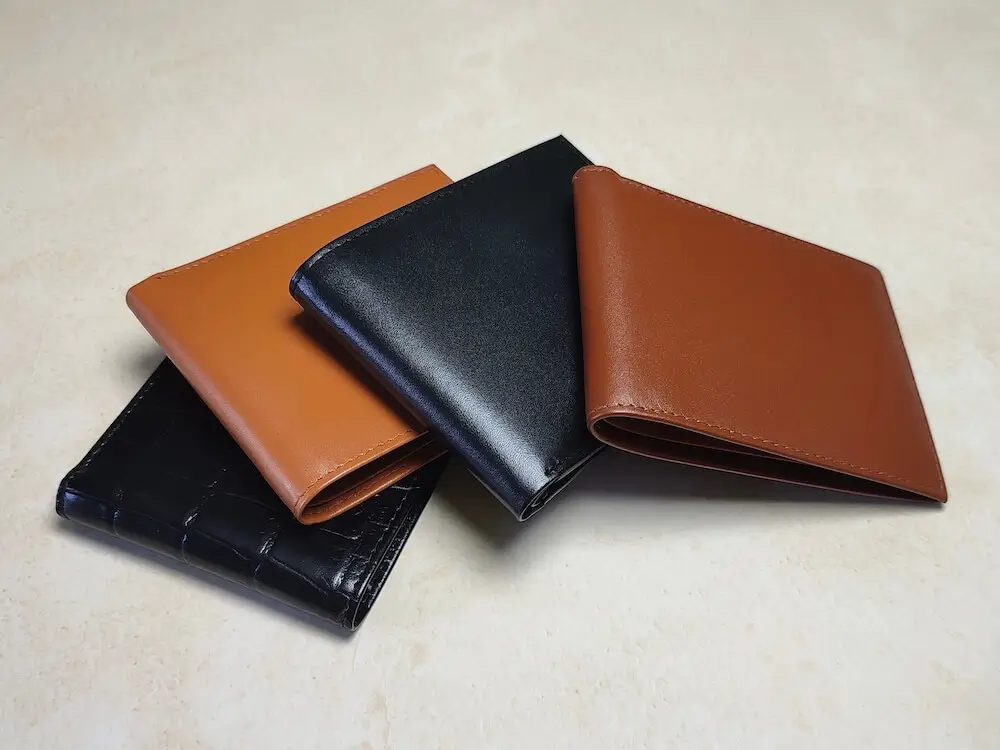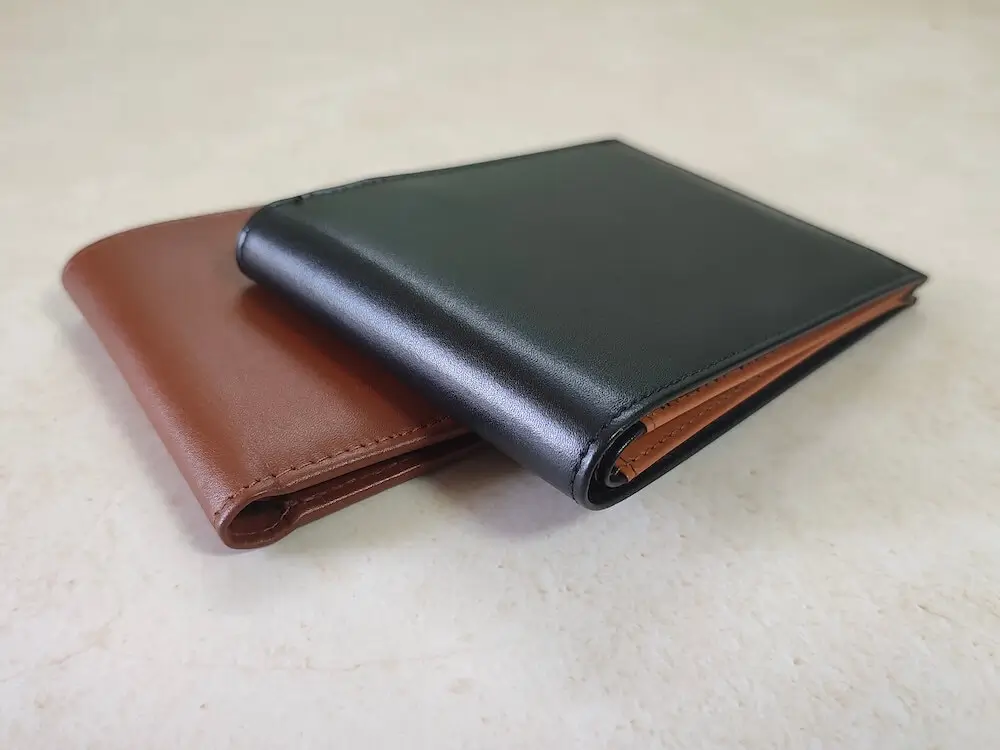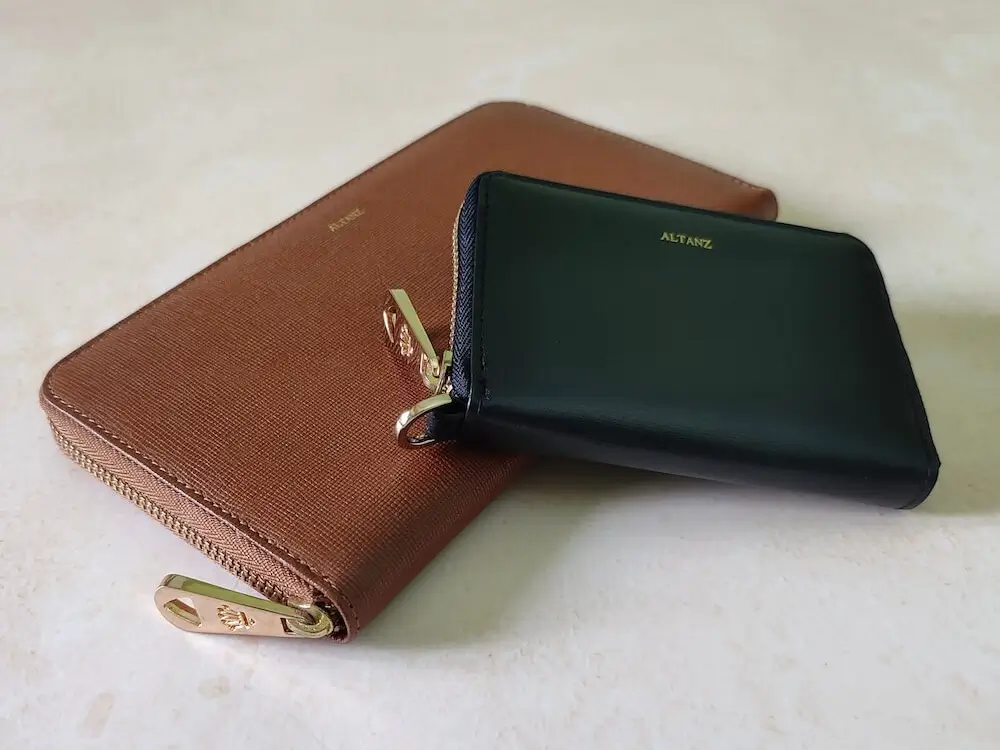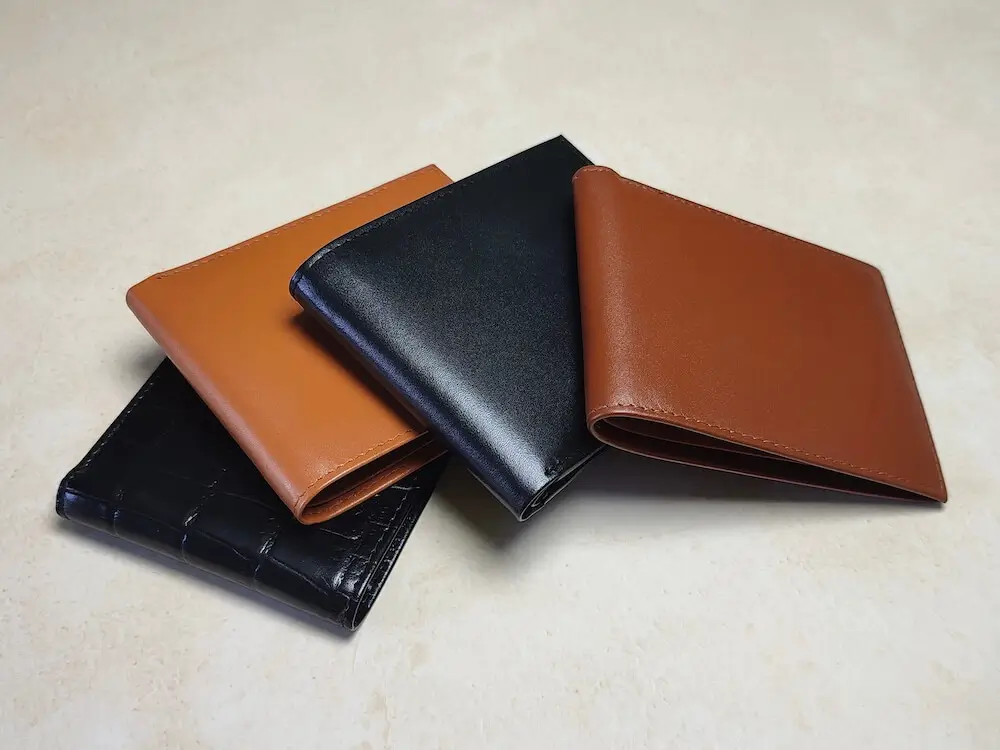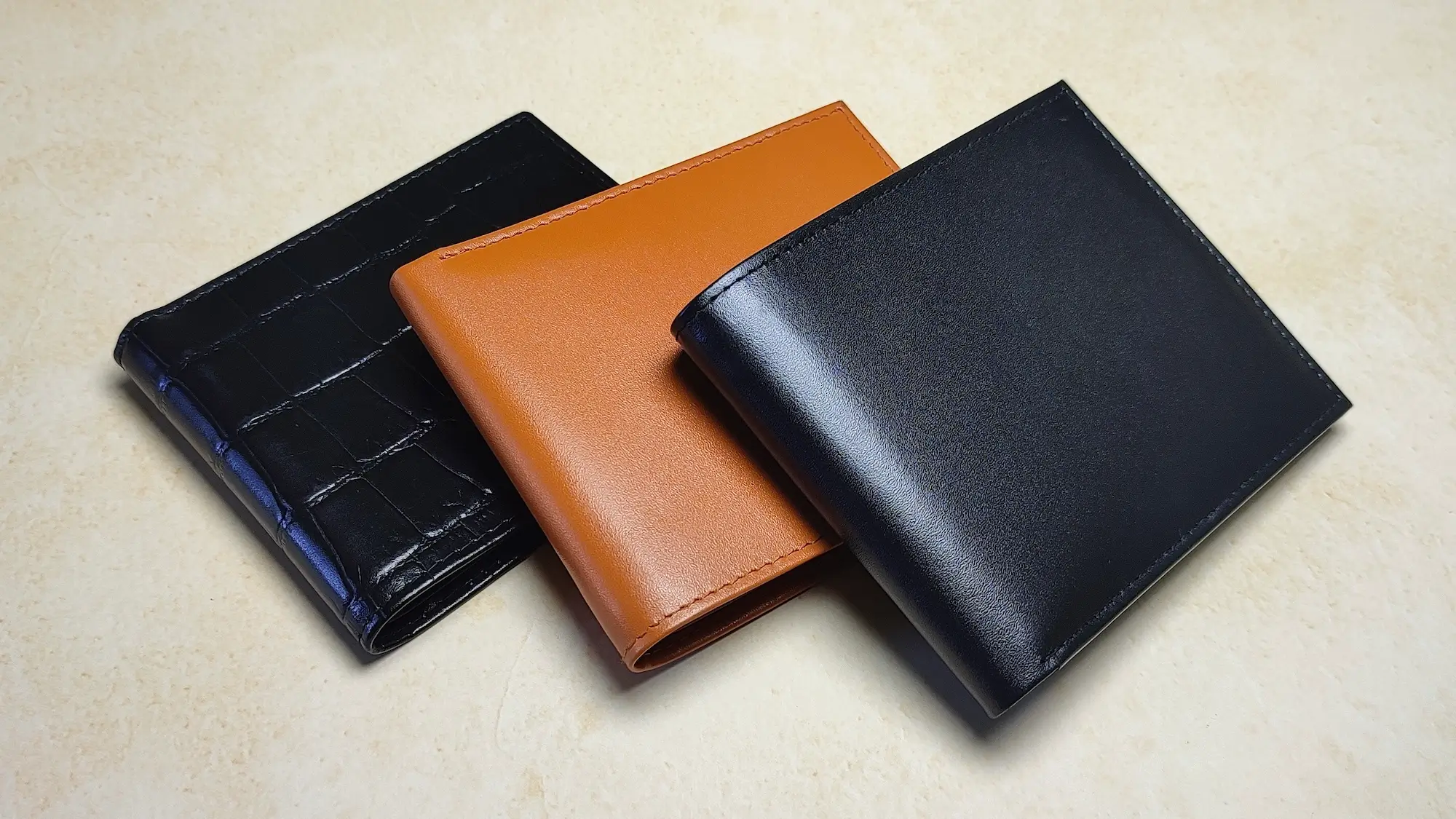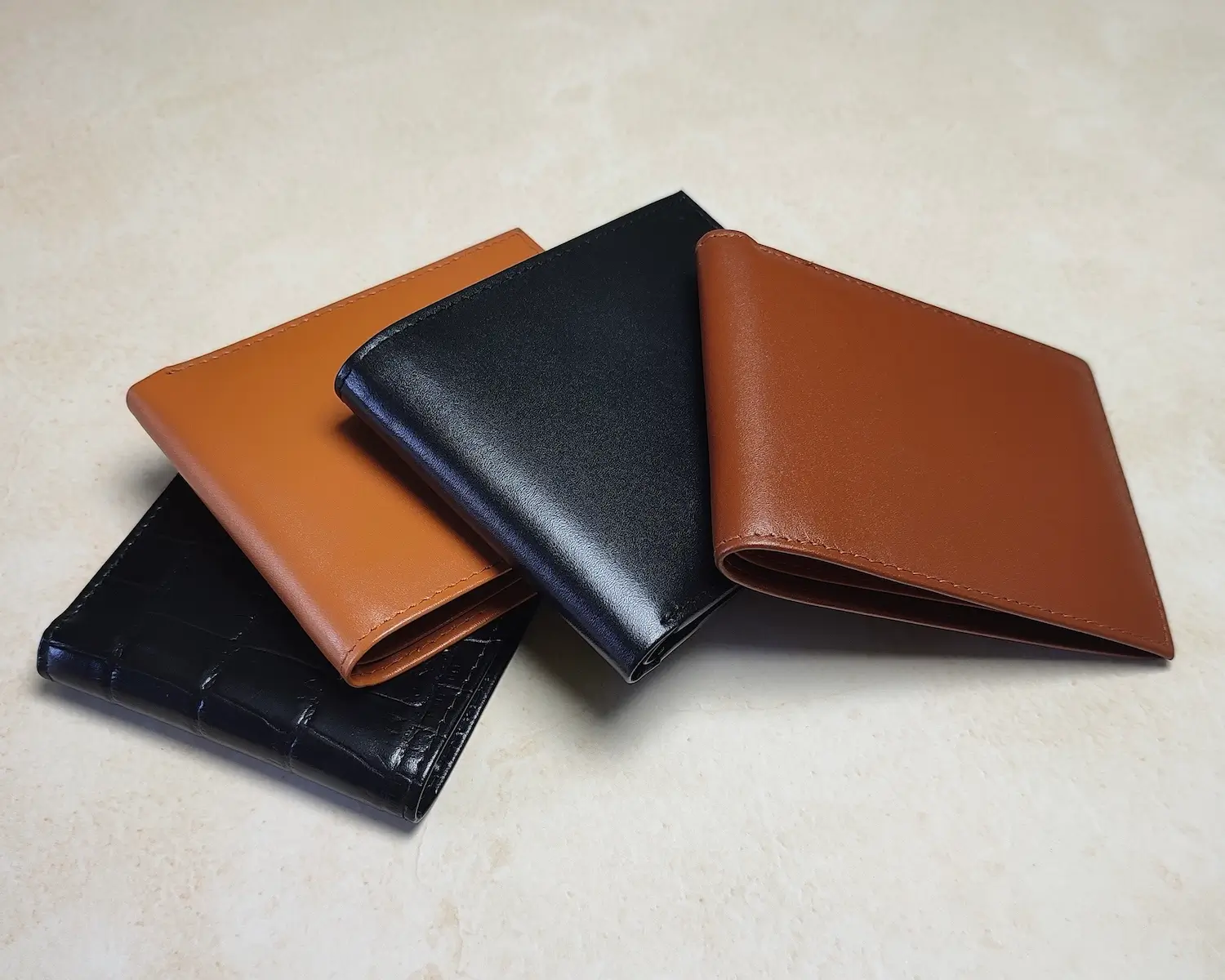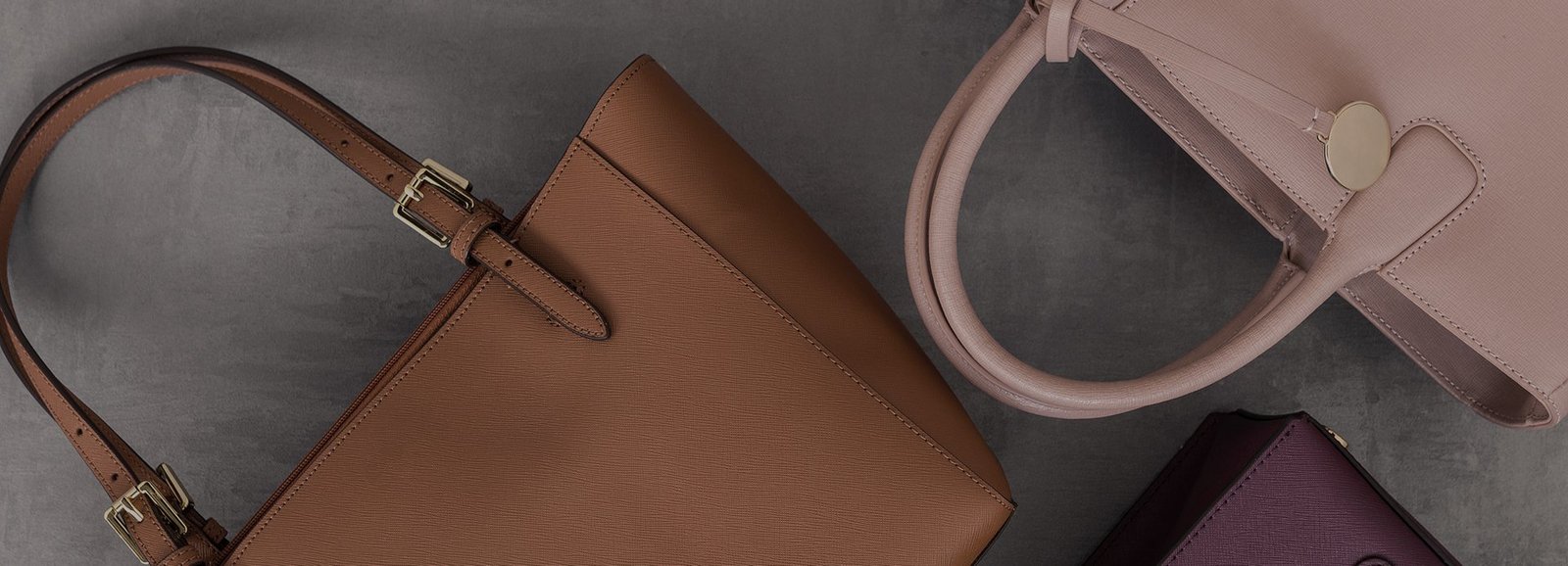Craftsmanship & Heritage
Everything You Need to Know About Leather Patina: A Complete Overview
Introduction
Leather patina is one of the most cherished characteristics of premium leather goods. It’s the gradual transformation of leather’s color, texture, and sheen through exposure to its environment. Unlike wear and tear, patina adds charm and personality to leather, making it a favorite among enthusiasts.
This guide covers everything you need to know about patina, from how it forms to caring for it over time.
Understanding Leather Patina
Definition of Patina
Patina refers to the natural aging process of leather, which results in a rich, distinctive appearance. It develops as the leather interacts with oils, sunlight, and everyday use.
Why Patina is Unique to Leather
Unlike synthetic materials, natural leather breathes and absorbs its surroundings, allowing it to age gracefully and uniquely.
Types of Leather That Develop Patina
- Full-Grain Leather: The highest-quality leather, known for its robust patina development.
- Vegetable-Tanned Leather: Ideal for rich, warm patina tones due to its natural tanning process.
The Process of Patina Formation
Factors Influencing Patina Development
- Sunlight: Adds warmth and depth to the color.
- Oils: From hands or conditioning products, enhancing richness.
- Humidity and Moisture: Creates subtle variations in tone and texture.
The Role of Leather Quality in Patina
High-quality leather, especially full-grain and vegetable-tanned, develops a more pronounced and beautiful patina compared to processed or lower-grade leather.
The Timeline of Patina Growth
- First 6 Months: Subtle changes in color and sheen.
- 1–2 Years: Noticeable deepening of tones and texture.
- 5+ Years: Fully developed patina with a unique character.
Characteristics of a Beautiful Patina
Rich Color Tones
Patina can range from light caramel to deep mahogany, depending on the leather and its exposure.
Softened Texture
As leather ages, it becomes smoother and more supple, adding a luxurious feel.
Unique Patterns
No two pieces of patina are alike, as the marks, creases, and color changes reflect individual use.
Benefits of Leather Patina
Aesthetic Appeal
Patina enhances leather’s visual charm, giving it a timeless and luxurious look. It transforms plain leather into a piece that tells a story of its journey.
Enhanced Durability
As patina forms, it creates a thin protective layer over the leather, shielding it from minor scratches, dirt, and environmental elements.
Value and Sentiment
Leather items with a well-developed patina are highly prized for their individuality. They often carry sentimental value, representing years of use and care.
How to Encourage Patina Development
Regular Use and Handling
- Daily Interaction: The more you use your leather goods, the quicker and richer the patina develops.
- Natural Oils: Handling leather with clean hands transfers natural oils, aiding the patina process.
Natural Conditioning
- Use high-quality conditioners like Leather Honey or Chamberlain’s Leather Milk to keep leather hydrated and enhance its aging process.
- Avoid synthetic or overly glossy conditioners that might mask the patina.
Exposure to Natural Elements
- Sunlight: A controlled amount of exposure deepens the leather’s color. Avoid prolonged exposure to prevent drying or cracking.
- Moisture: Minimal and balanced moisture can create nuanced tones, but ensure the leather dries properly to avoid damage.
Patina Care and Maintenance
Cleaning Without Damaging Patina
- Gentle Cleaning: Wipe with a damp microfiber cloth to remove surface dirt without affecting the patina.
- Leather-Specific Cleaners: Use mild products designed for leather, avoiding harsh soaps or chemicals.
Conditioning for Longevity
- Condition leather every 3–6 months to maintain softness and prevent cracks.
- Focus on areas with heavy patina to preserve its beauty and prevent stiffness.
Avoiding Over-Cleaning
- Excessive cleaning can strip the leather of its natural oils and slow the patina process. Clean only when necessary to maintain the balance.
Common Mistakes to Avoid with Leather Patina
Using Harsh Chemicals
- Products like bleach, alcohol, or ammonia can strip the leather and damage its natural aging process.
Storing Leather Incorrectly
- Avoid humid areas, as excessive moisture can lead to mold. Store leather in breathable dust bags in a cool, dry place.
Neglecting Regular Maintenance
- Skipping conditioning and cleaning can lead to cracks, peeling, or permanent damage, hindering the development of a beautiful patina.
The Difference Between Patina and Wear
Patina as a Feature of Aging
Patina reflects the graceful aging of leather, enhancing its appearance and texture over time.
Recognizing Wear and Tear
- Patina: Adds character with smooth textures, rich tones, and a polished look.
- Wear: Includes damage such as cracks, discoloration, or scuffs that compromise the leather’s integrity.
Regular maintenance can ensure your leather develops patina instead of wear.
Examples of Patina on Popular Leather Items
Patina on Bags and Wallets
- Leather bags darken around handles and edges due to frequent handling.
- Wallets gain a glossy sheen and deeper color from being carried daily.
Patina on Shoes and Belts
- Shoes develop a rich, polished appearance on high-contact areas like the toes and heels.
- Belts show patina on creases and edges, reflecting their regular use.
Patina on Furniture and Jackets
- Leather sofas gain a soft, lived-in texture with darker tones in frequently used spots.
- Jackets develop a supple texture and subtle color shifts, enhancing their rugged charm.
Conclusion
Leather patina is a testament to the material’s beauty and resilience. It’s not just an effect of aging but a story of use, care, and individuality. By understanding how patina forms and maintaining leather properly, you can enjoy the transformation of your goods into unique and cherished pieces. Embrace the patina process as a mark of quality and character that grows with time.
FAQs
-
What is leather patina, and why does it form?
Patina is the natural aging process of leather that results in a rich, unique appearance. It forms as leather interacts with sunlight, oils, and regular use. -
Does all leather develop patina?
No, only high-quality leather, such as full-grain and vegetable-tanned leather, develops patina. Lower grades and synthetic leathers do not. -
How long does it take for patina to develop on leather?
Patina begins forming within months of use and becomes more pronounced over 1–2 years. -
Can I speed up the patina process?
Yes, by using and handling the leather regularly, exposing it to sunlight, and applying natural conditioners, you can encourage patina development. -
How do I clean leather without damaging its patina?
Use a damp microfiber cloth for light cleaning and a leather-specific cleaner for deeper cleaning. Avoid harsh chemicals that strip the patina.
FAQ : Frequently Asked Questions
Everything You Need to Know About Leather Patina: A Complete Overview
Answer:
Patina is the natural aging process of leather that results in a rich, unique appearance. It forms as leather interacts with sunlight, oils, and regular use.
Answer:
No, only high-quality leather, such as full-grain and vegetable-tanned leather, develops patina. Lower grades and synthetic leathers do not.
Answer:
Patina begins forming within months of use and becomes more pronounced over 1–2 years.
Answer:
Yes, by using and handling the leather regularly, exposing it to sunlight, and applying natural conditioners, you can encourage patina development.
Answer:
Use a damp microfiber cloth for light cleaning and a leather-specific cleaner for deeper cleaning. Avoid harsh chemicals that strip the patina.



